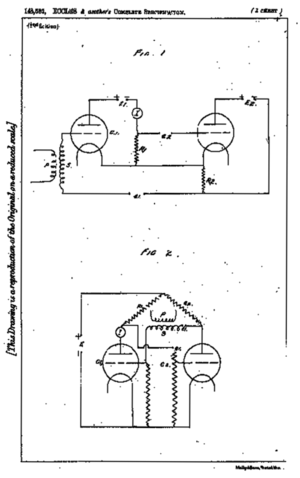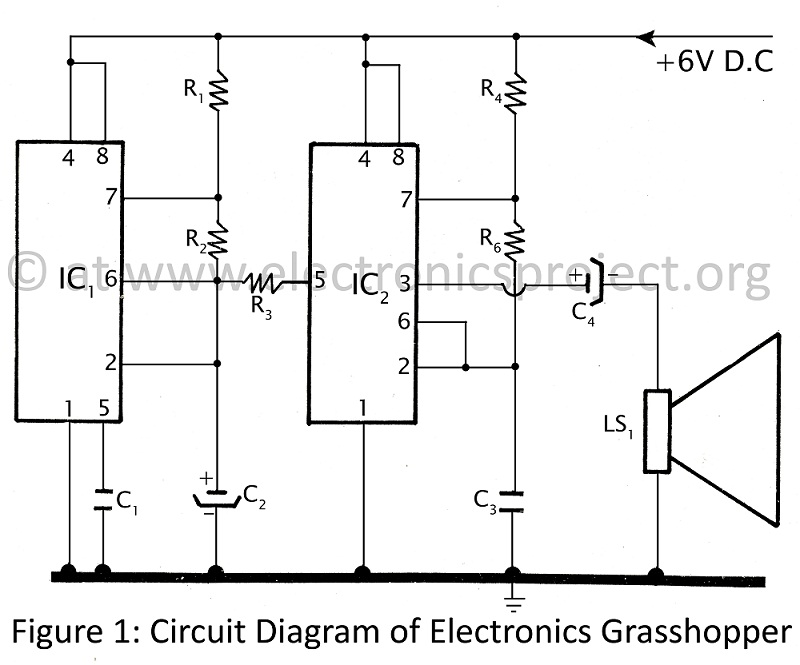
flip flop electronics

A flip-flop is a bistable multivibrator. It is a circuit that has two output states and is switched from one to the other by means of input signals.
A flip-flop serves as a fundamental building block in digital electronics, primarily used for storing binary data. It can hold its state indefinitely until an input signal triggers a change. The two stable states of a flip-flop represent binary values: typically, logic high (1) and logic low (0).
The operation of a flip-flop is governed by various types of input signals, which can include clock pulses, data inputs, and control signals. The most common types of flip-flops are SR (Set-Reset), D (Data), JK, and T (Toggle) flip-flops. Each type has unique characteristics and applications.
In an SR flip-flop, the outputs are set or reset based on the inputs S (Set) and R (Reset). When S is activated, the output Q goes high, while activating R sets Q to low. A D flip-flop captures the value of the data input (D) on a clock edge, transferring it to the output Q. The JK flip-flop combines the functionality of the SR and toggles its output when both inputs are high. The T flip-flop toggles its output state with each clock pulse when the T input is high.
Flip-flops are widely used in memory devices, data storage, and sequential circuits, enabling the design of registers, counters, and state machines. Their ability to maintain a stable state makes them essential for synchronizing operations in digital systems. Proper understanding of timing diagrams, propagation delays, and setup/hold times is crucial for effective application and integration of flip-flops in electronic designs.flip flop A bistable multivibrator. A circuit which has two output states and is switched from one to the other by means.. 🔗 External reference
A flip-flop serves as a fundamental building block in digital electronics, primarily used for storing binary data. It can hold its state indefinitely until an input signal triggers a change. The two stable states of a flip-flop represent binary values: typically, logic high (1) and logic low (0).
The operation of a flip-flop is governed by various types of input signals, which can include clock pulses, data inputs, and control signals. The most common types of flip-flops are SR (Set-Reset), D (Data), JK, and T (Toggle) flip-flops. Each type has unique characteristics and applications.
In an SR flip-flop, the outputs are set or reset based on the inputs S (Set) and R (Reset). When S is activated, the output Q goes high, while activating R sets Q to low. A D flip-flop captures the value of the data input (D) on a clock edge, transferring it to the output Q. The JK flip-flop combines the functionality of the SR and toggles its output when both inputs are high. The T flip-flop toggles its output state with each clock pulse when the T input is high.
Flip-flops are widely used in memory devices, data storage, and sequential circuits, enabling the design of registers, counters, and state machines. Their ability to maintain a stable state makes them essential for synchronizing operations in digital systems. Proper understanding of timing diagrams, propagation delays, and setup/hold times is crucial for effective application and integration of flip-flops in electronic designs.flip flop A bistable multivibrator. A circuit which has two output states and is switched from one to the other by means.. 🔗 External reference





